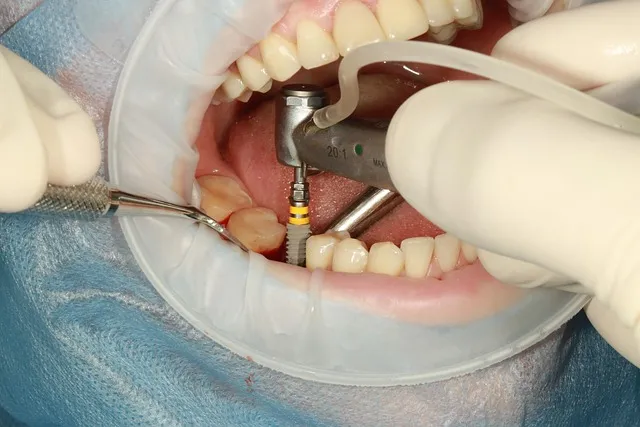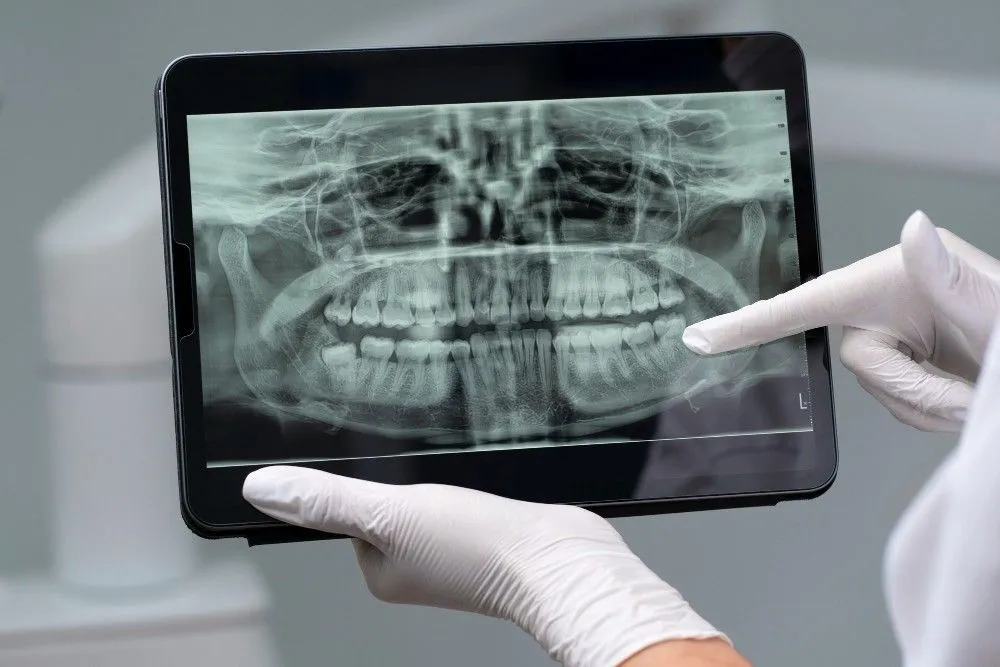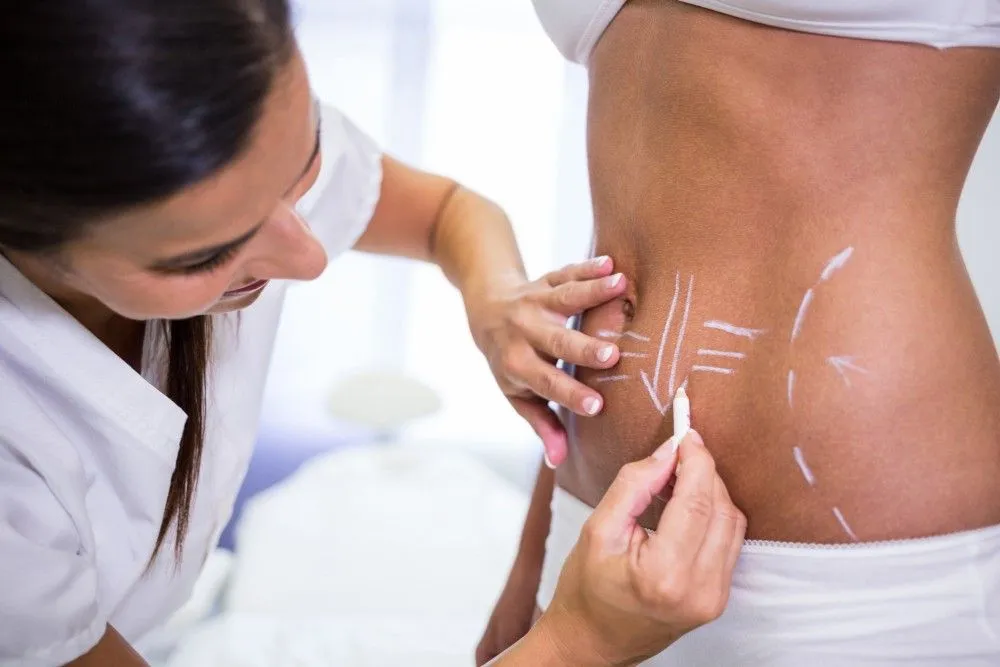Teeth Whitening or Dental Bleaching is one of the most common procedures in cosmetic dentistry. The whitening procedure restores the natural color of the teeth and bleaching whitens a few shades higher than whitening.
Only people with healthy teeth and gums which have no fillings should try Teeth Whitening processes.
A number of products are readily available for this purpose including whitening toothpaste, bleaching strips, bleaching pen, over-the-counter gels, rinses, trays, and more.
Causes of Teeth Staining
- Fruits, such as berries
- Drinks, such as wine, coffee, tea, cola, and sports drinks
- Smoking and chewing tobacco
- Poor Dental Hygiene
- Few diseases and their treatment procedures including radiation & chemotherapy
- Medications, such as, Tetracycline & Doxycycline Antibiotics, Antihistamines, Antipsychotic drugs, and medicines for High Blood Pressure
- Mouthwashes containing Chlorhexidine and Cetylpyridinium Chloride
- Dental materials, such as, Amalgam Restorations
- Genetics
- Advancing Age
- Trauma
Treatment Modalities Available:
Use of Whitening Toothpaste: Toothpaste helps remove stains on the surface of the teeth. Some whitening toothpastes are more effective in removing stains as they contain mild polishing or chemical agents. However, they are not helpful in removing stains deep in the teeth.
At-Home Whitening: Use of various products at home helps whitening teeth. These include over-the-counter whitening strips, gels, rinses, tray-based tooth whiteners, and more.
Whitening strips are strips coated with a peroxide-based whitening gel. These strips when applied for 30 minutes, twice daily, over a period of two weeks give good results.
Whitening gels are similar to the strips.
The only difference being it is available in gel form and its application requires a brush. Whitening teeth using whitening rinses is also an important and effective method. A One-minute rinse, twice a day with whitening rinses is helpful in removing teeth stains.
However, this product may have a lesser impact as compared to the gel and strips as its contact with the teeth is for a shorter time. Another effective method of Teeth Whitening is the use of tray-based tooth whitening systems. This process includes using a mouth guard-like tray containing the peroxide-bleaching agent. The tray when kept in the mouth for a couple of hours during the day and throughout the night for a month gives good results.
In-Office Whitening: This is the fastest method of Teeth Whitening and requires a visit to the Dentist. During the process, the Dentist applies the whitening product to the teeth and activates the whitening using a laser. A 30 to 60 minute treatment at regular intervals can give the desired results.
This process, also known as Laser Whitening or Power Whitening is a preferred method because the dentist secures the rest of the mouth, including the gums from these stronger agents.
Dentists do not recommend Teeth Whitening to:
- Pregnant & Lactating Women
- Aged People
- Children below 16 years
- People with sensitive teeth and gum diseases
- People allergic to peroxide
- People with fillings, crowns, and other restorations in their teeth
Risks Associated With Teeth Whitening
- Tooth Sensitivity and/or,
- Mild Irritation
Both these side effects are usually temporary and disappear on their own. To reduce sensitivity & irritation the patient must:
- Give a break to the process to allow the teeth to get used to the treatment
- Use a toothpaste made for sensitive teeth
- Wear the tray for a shorter period
- Take the advice of the Dentist
Follow-up Care
Teeth Whitening is not a permanent solution. A good follow-up care may result in the whiteness staying for a longer period. Adopting the below-mentioned follow-up care tips may help:
- Avoid consumption of foods and drinks that stain teeth
- Brush or rinse immediately after consuming any stain-causing food or drink
- Adopt a good dental hygiene consisting of brushing twice a day and using of floss at least once
- Visit the dentist once every 6 months

Reviewed by







